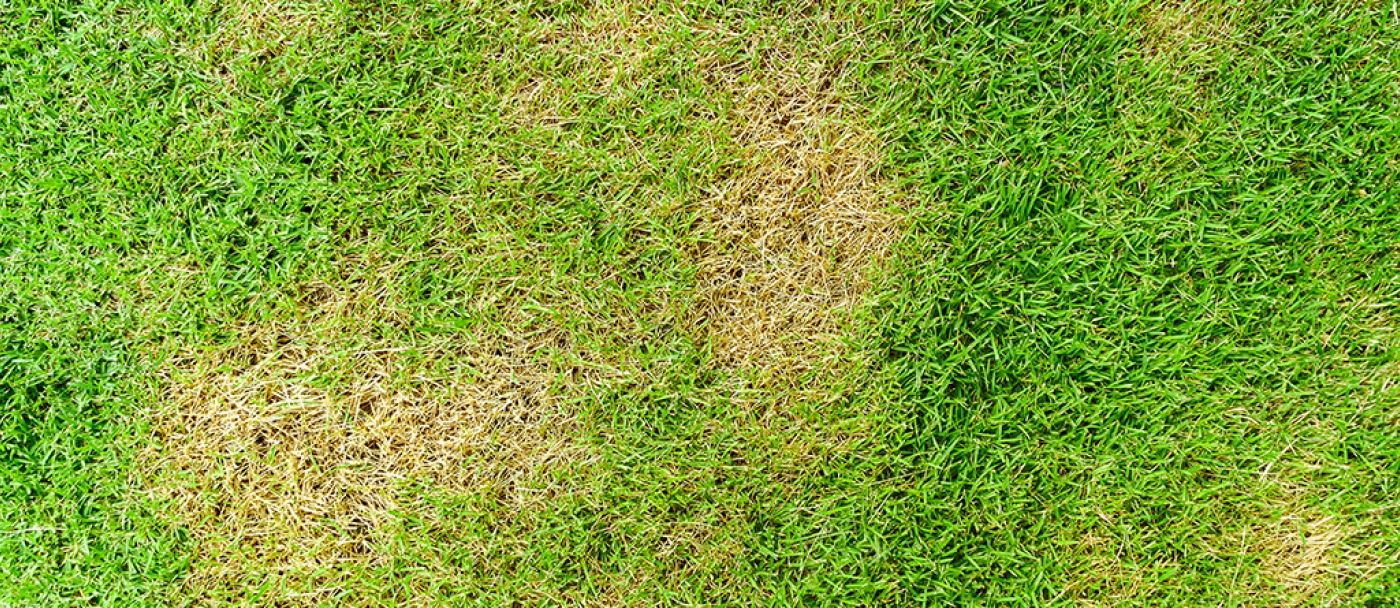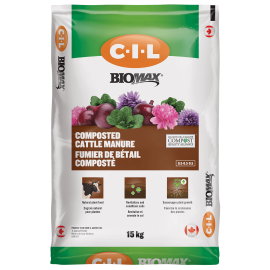How to Repair and Fix Patchy Lawns

Before you attempt to repair a patchy lawn, take time to figure out what’s responsible for the problem so you can prevent it from happening in the future.
For example, if your lawn is damaged by excessive foot traffic, you might want to install a pathway or stepping stones along the worn-out area. A patchy lawn may also be caused by heat, drought, grubs, fungal disease, or dog urine.
Once you’ve eliminated the source of the problem, you can repair your patchy lawn using the following fixes.
Patching Bare Spots
- Use a rake to remove dead grass and loosen the top of the soil.
- Work in a handful of compost. If the bare spot is shallow, add a little topsoil to even it out so it matches the surrounding lawn.
- Scatter a high-quality grass seed over the area.
- Cover the spot with a thin layer of chopped leaves, straw or other mulch, then step on the spot to press the seeds into the soil.
- Water the newly planted spot gently, using a watering can or a hose with a spray nozzle. Keep the spot moist, but not soggy, until the grass is at least 5 to 7.5 cm tall.
Dethatching
- Dethatching may help a lawn when a thick layer of thatch prevents air and water from reaching the roots. However, don’t rush to dethatch unless you’re sure it needs it because a thin layer of mulch serves as insulation and helps your lawn retain moisture.
- As a general rule, dethatching isn’t necessary unless the layer is 1.25 cm thick or more.
- The best time to dethatch a lawn is early spring or early fall. You can use a thatching rake for a small lawn, but a power dethatcher, for rent at most garden centers, is much better for a large lawn.
- Your lawn may look a little frazzled at first, but it will soon bounce back and look better than ever.
Overseeding
- If your lawn is thin and sparse all over, or if it just looks unhealthy and worn out, overseeding in autumn is worth a try.
- To overseed, begin by mowing your lawn at the lowest setting, then rake and bag the clippings.
- Use a spreader to apply a high-quality grass seed directly over the top of the old lawn.
- Water regularly until the new grass is at least 8 cm tall. At this point, you can resume regular care, including watering, feeding, and mowing.





